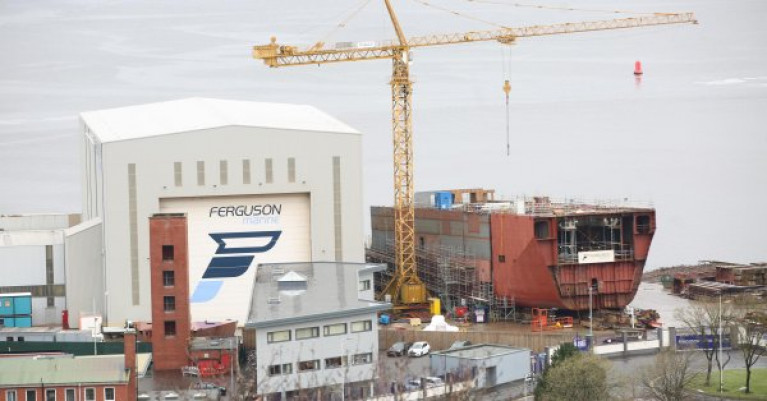From the outset mistakes made in the construction of two ferries delayed by over five years saw money “effectively wasted” on rebuilding units, the chief executive officer of Caledonian Maritime Assets Ltd (CMAL) said.
Kevin Hobbs claimed that the issues were down to a “catastrophic failure" of management, not a failure of the workforce.
The two vessels – the Glen Sannox (for Arran on the Clyde service) and the as-yet-unnamed hull 802 – were originally due to be completed in 2018, but have since been delayed until at least 2023.
The delays have also seen the costs soar over budgets with the latest estimated cost reaching at least £250 million.
Mr Hobbs said units were “riddled with errors” which meant extra costs went towards undoing the work and rebuilding them.
It comes after former Ferguson Marine shipyard owner Jim McColl accused the company, which handles Scottish Government ferry contracts, of blocking every attempt to carry out an independent resolution.
The Herald, in Scotland has more on the ongoing shipyard saga.


























































